Missed intelligence was to blame for the outmanned Capitol defenders’ failure to anticipate the violent mob that invaded the iconic building and halted certification of the presidential election on Jan. 6, the officials who were in charge of security that day said Tuesday in their first public testimony on the insurrection.
The officials, including the former chief of the Capitol Police, pointed their fingers at various federal agencies — and each other — for their failure to defend the building as supporters of then-President Donald Trump overwhelmed security barriers, broke windows and doors and sent lawmakers fleeing from the House and Senate chambers. Five people died as a result of the riot, including a Capitol Police officer and a woman who was shot as she tried to enter the House chamber with lawmakers still inside.
Former Capitol Police Chief Steven Sund, who resigned under pressure immediately after the attack, and the other officials said they had expected the protests to be similar to two pro-Trump events in late 2020 that were far less violent. Sund said he hadn’t seen an FBI field office report that warned of potential violence citing online posts about a “war.”
Sund described a scene as the mob arrived at the perimeter that was “like nothing” he had seen in his 30 years of policing and argued that the insurrection was not the result of poor planning by Capitol Police but of failures across the board.
“No single civilian law enforcement agency – and certainly not the USCP – is trained and equipped to repel, without significant military or other law enforcement assistance, an insurrection of thousands of armed, violent, and coordinated individuals focused on breaching a building at all costs,” he testified.
The hearing was the first of many examinations of what happened that day, coming almost seven weeks after the attack and over a week after the Senate voted to acquit Trump of inciting the insurrection by telling his supporters to “fight like hell” to overturn his election defeat. Fencing and National Guard troops still surround the Capitol in a wide perimeter, cutting off streets and sidewalks that are normally full of cars, pedestrians and tourists.
The joint hearing, part of an investigation by two Senate committees, was the first time the officials testified publicly about the events of Jan. 6. In addition to Sund, former Senate Sergeant-at-Arms Michael Stenger, former House Sergeant-at-Arms Paul Irving and Robert Contee, the acting chief of police for the Metropolitan Police Department, testified.
Irving and Stenger also resigned under pressure immediately after the deadly attack. They were Sund’s supervisors and in charge of security for the House and Senate.
“We must have the facts, and the answers are in this room,” Senate Rules Committee Chairwoman Amy Klobuchar said at the beginning of the hearing. The Rules panel is conducting the joint probe with the Senate Homeland Security and Governmental Affairs Committee.
Even after the hearing, much still remains unknown about what happened before and during the assault. How much did law enforcement agencies know about plans for violence that day, many of which were public? And how could the Capitol Police have been so ill-prepared for a violent insurrection that was organized online?
Sund told the lawmakers that he didn’t know then that his officers had received a report from the FBI’s field office in Norfolk, Virginia, that forecast, in detail, the chances that extremists could bring “war” to Washington the following day. The head of the FBI’s office in Washington has said that once he received the Jan. 5 warning, the information was quickly shared with other law enforcement agencies through a joint terrorism task force.
Sund said Tuesday that an officer on the task force had received that memo and forwarded it to a sergeant working on intelligence for the Capitol Police but that the information was not sent on to other supervisors.
“How could you not get that vital intelligence?” asked Senate Homeland Chairman Gary Peters, D-Mich., who said the failure of the report to reach the chief was clearly a major problem.
“That information would have been helpful,” Sund acknowledged.
Even without the intelligence, there were clear signs that violence was a possibility on Jan. 6. Far-right social media users openly hinted for weeks that chaos would erupt at the U.S. Capitol while Congress convened to certify the election results.
Sund said he did see an intelligence report created within his own department warning that Congress could be targeted on Jan. 6. But he said that report assessed the probability of civil disobedience or arrests, based on the information they had, as “remote” to “improbable” for the groups expected to demonstrate.
Contee, the acting city police chief, also suggested that no one had flagged the FBI information from Norfolk, Virginia, which he said came in the form of an email. He said he would have expected that kind of intelligence “would warrant a phone call or something. ”
Sund and Irving disagreed on when the National Guard was called and on requests for the guard beforehand. Sund said he spoke to both Stenger and Irving about requesting the National Guard in the days before the riot, and that Irving said he was concerned about the “optics” of having them present. Irving denied that, saying Sund’s account was “categorically false.”
“We all agreed the intelligence did not support the troops and collectively decided to let it go,” Stenger said.
After smashing through the barriers at the perimeter, the invaders engaged in hand-to-hand combat with police officers, injuring dozens of them, and broke into the building.
Once the violence had begun, Sund and Irving also disagreed on when the National Guard was requested — Sund said he requested it at 1:09 p.m., but Irving denied receiving a call at that time.
Contee said he was “stunned” over the delayed response. He said Sund was pleading with Army officials to deploy National Guard troops as the rioting rapidly escalated. Police officers “were out there literally fighting for their lives” but the officials appeared to be going through a ”check the boxes” exercise, he said.
Pentagon officials, who will be invited to testify before the committee at a second hearing next week, have said it took time to put the troops in position, and there was not enough contingency planning in advance. They said they offered the assistance beforehand but were turned down.
Klobuchar said after the hearing that the next police chief should have greater ability to make decisions both leading up to and during a crisis, and the Rules panel could consider such legislation once the investigation is completed. The current structure “clearly needs some reform,” she said.
The hearing Tuesday was the first of several this week examining what went wrong Jan. 6. A House subcommittee will examine damage to the Capitol on Wednesday and will hear testimony from currrent security officials, including Acting Capitol Police Chief Yogananda Pittman, on Thursday. Next week, the Senate panels will invite officials from the Pentagon, FBI and Homeland Security Department.
In prepared testimony released ahead of the hearing on damage to the Capitol, Architect of the Capitol J. Brett Blanton and the curator of the House of Representatives, Farar Elliott, describe damage to statues and paintings and quick thinking by staff as the rioting was underway — including one aide who secured the House’s 1819 silver inkstand, the oldest object in the chamber.
Congress is also considering a bipartisan, independent commission, and multiple congressional committees have said they will look at different aspects of the siege. Federal law enforcement has arrested more than 230 people who were accused of being involved in the attack, and Attorney General nominee Merrick Garland said in his confirmation hearing Monday that investigating the riot would be a priority.
(AP)



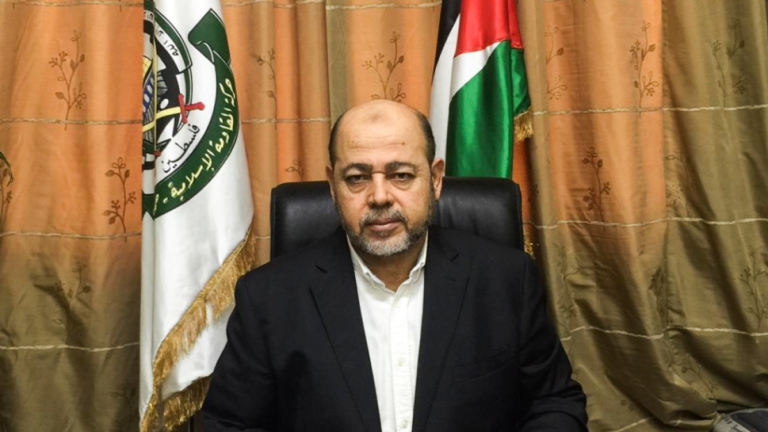
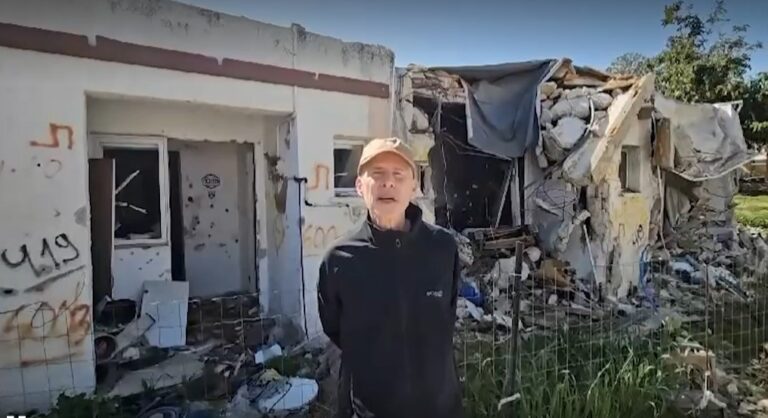
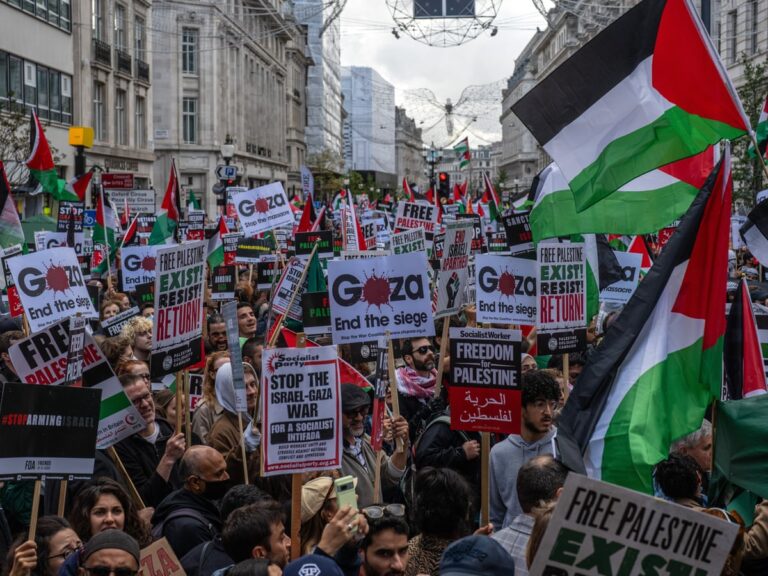

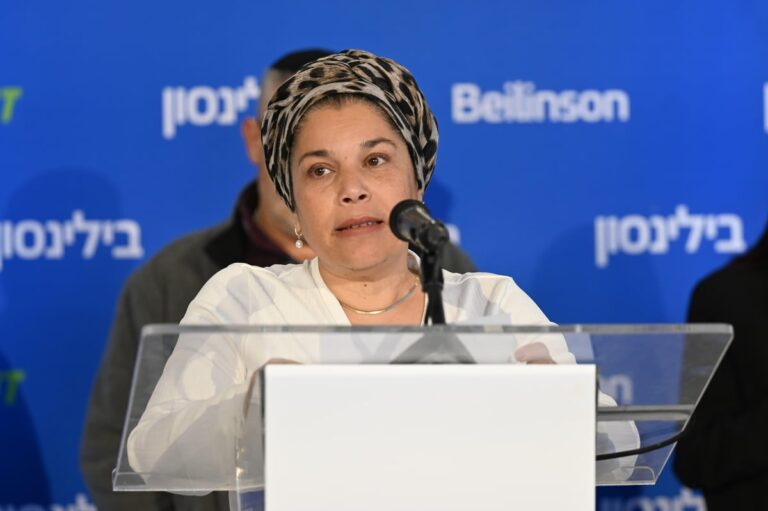
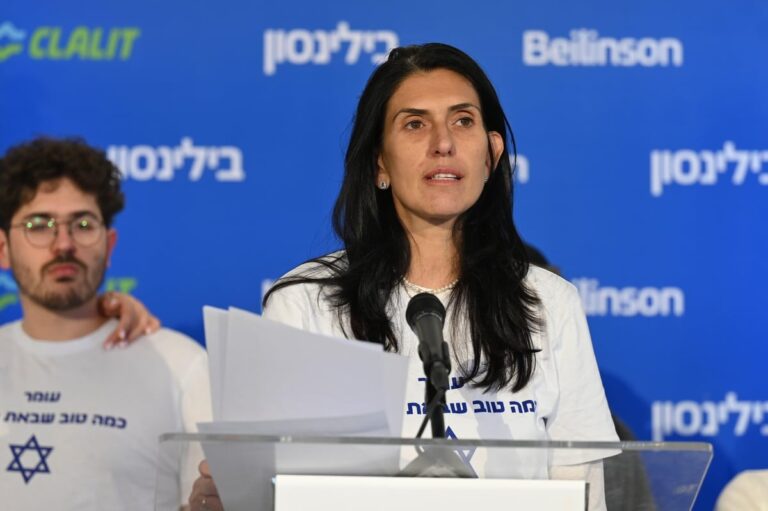
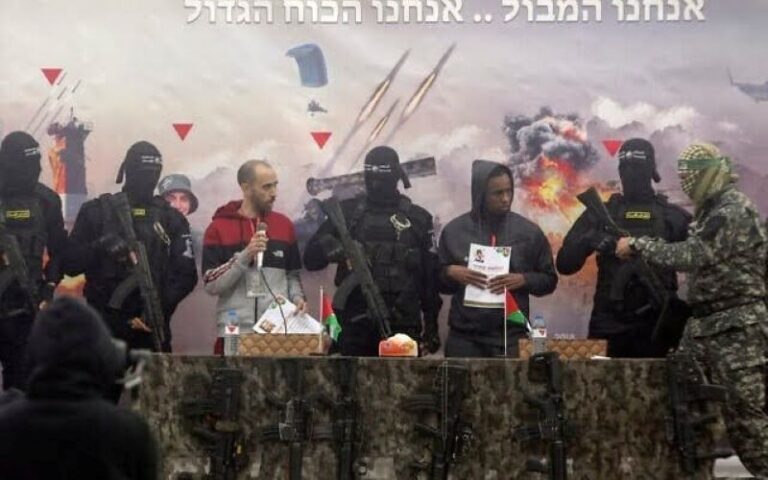
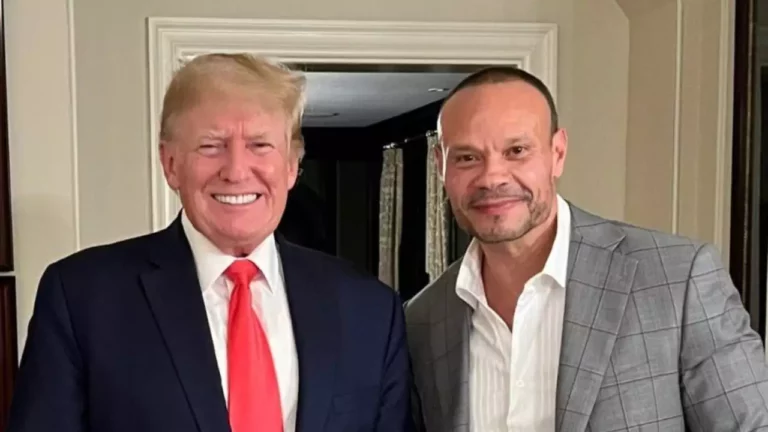
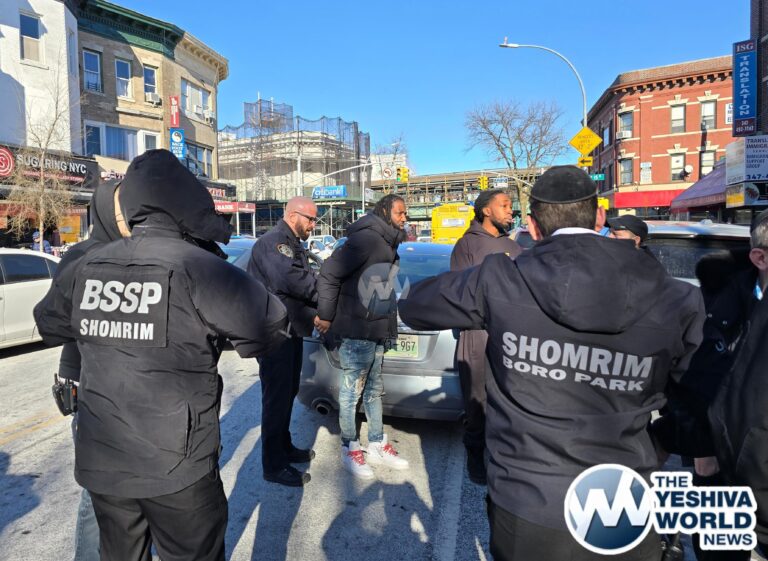
One Response
Trump offered 10,000 National Guardsmen to protect the Capitol; the Capitol Police turned them down.
Compared to the BLM/Antifa riots, the Jan 6 event was nothing. There was very little violence, the vast majority of those who entered the Capitol behaved respectfully and decently, and they certainly didn’t kill anyone or cause anyone’s death. Of the five deaths that followed the event, the only one that can be called a murder is the protester who was shot by a policeman; and why has that policeman not been named? Every time a policeman shoots a black person, no matter how justified, they are always named publicly. Why does this policeman get to keep his privacy? And why has he not been charged?
Meanwhile there have been no apologies from Democrats who LIED about a cop being beaten to death, or hit with a fire extinguisher, and blaming the invaders and Trump for his murder. There was NEVER ANY BASIS for that story. The NY Times, as usual, lied when it reported it, and the Democrat impeachment team repeated the lie. They either knew the truth or were in a position where they could easily have found out and should have known. But nobody is even demanding an apology from them.